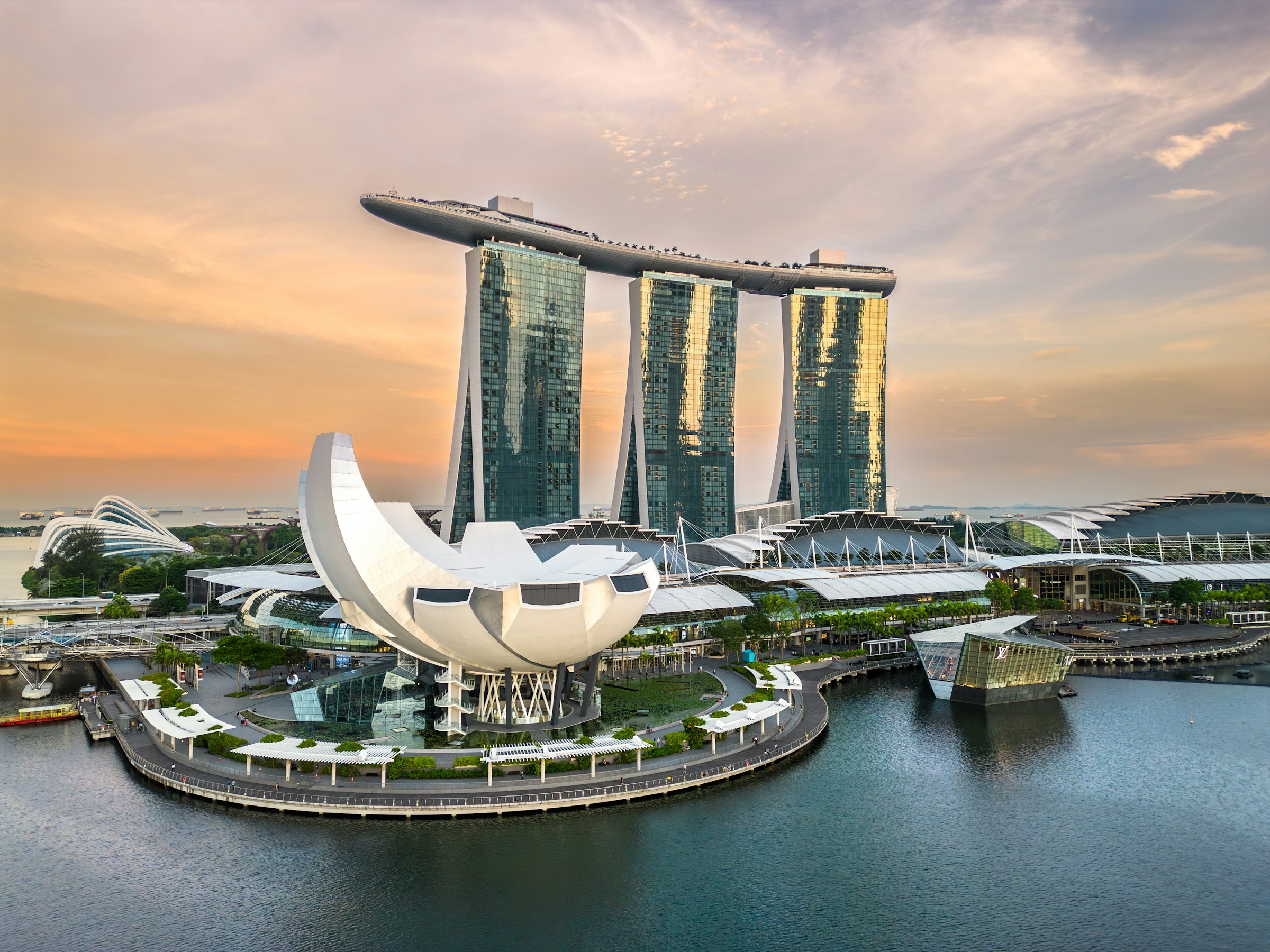While global investors parse tariff talks between the US and China, Singapore is quietly signaling its own vulnerabilities. The labor market is softening, not collapsing—but for an economy this tightly coupled to trade and global capital flows, even modest slowdowns hold strategic meaning.
Total employment grew by 8,400 in Q2 2025, well below the 11,300 recorded a year ago. That deceleration might seem benign in isolation, but the Ministry of Manpower’s accompanying note was telling: outward-oriented sectors are weakening. Pair that with the Monetary Authority of Singapore’s (MAS) decision to hold policy steady after two quarters of easing, and the message is clear—stabilization, not acceleration, is the goal.
This isn’t just about cyclical caution. It’s about the structural strain showing in Singapore’s global-facing sectors—and how policymakers are bracing for a slower-growth regime.
The composition of Singapore’s employment growth matters more than the headline number. The country has long bet on its positioning as a regional hub for trade, finance, logistics, and advanced manufacturing. These sectors are highly sensitive to global demand, FX stability, and cross-border regulatory clarity.
When those same sectors show fatigue—due to tariff repricing, industrial policy recalibration in the US and China, or shifting investment flows—Singapore’s job market becomes an early-warning system.
Senior DBS economist Chua Han Teng noted that trade-exposed sectors are likely to face demand compression in the second half of 2025. That tracks with broader signals: the global manufacturing cycle remains uneven, and services exports face stiffer competition from regional peers like Vietnam and Malaysia.
MAS’s decision to maintain its monetary policy settings, following two consecutive quarters of easing, reflects a wait-and-see posture rather than renewed confidence. The central bank explicitly acknowledged that global growth momentum is expected to moderate in the second half of the year.
This isn’t surprising. Much of the post-pandemic rebound was front-loaded—inventory restocking, deferred capex, and fiscal overlays created temporary lifts. Now, the effects of delayed tariffs and monetary tightening are starting to land.
In short, Singapore’s central bank is not defending an expansion. It is managing a soft landing. That means the bar for further easing is now higher—and the burden shifts to fiscal and structural levers to sustain demand and competitiveness.
The Straits Times Index (STI) declined for the fourth straight session on July 30, reflecting growing unease about the durability of domestic growth. The index fell 0.2 percent to 4,219.41, with decliners outpacing gainers in a broad-based retreat.
Singapore Airlines dropped nearly 2 percent, signaling concerns around discretionary demand and fuel exposure. DBS, OCBC, and UOB all showed weakness as well, despite their structural role as credit anchors in the economy.
These movements aren’t just day-to-day volatility. They suggest that investors are revisiting assumptions about margin strength, trade-driven growth, and exposure to global demand cycles. And in an environment where the MAS is staying neutral, equity risk premia may continue to widen.
Across Asia, equity markets sent mixed signals. The Hang Seng Index dropped 1.4 percent on the back of a steep decline in Li Auto, a proxy for the fragility of Chinese consumer tech. Japan’s Nikkei ended flat, and South Korea’s Kospi rose 0.7 percent.
This divergence points to a key regional shift. While China grapples with internal deleveraging and Japan stabilizes on domestic consumption, South Korea is gaining favor on tech export optimism. Singapore’s position, however, is more exposed to the middle lanes of this traffic—trading volumes, FX intermediaries, and investment fund flows.
In that sense, Singapore is not lagging—but it is bracing. Unlike export-heavy Korea or stimulus-responsive China, Singapore’s policy arsenal is narrower and more surgically deployed. That makes structural resilience—not cyclical outperformance—the long game.
The slowdown in Singapore’s labor growth and the MAS’s tempered policy stance aren’t isolated data points. Together, they reflect a strategic pause: a recalibration of what sustainable growth looks like in a less synchronized global economy.
For strategy leaders and policymakers, the lesson is clear. The trade-led growth model must be supplemented—if not reimagined—to include more domestic innovation, services depth, and digital infrastructure maturity.
The MAS is signaling caution. But the private sector must signal adaptation. Because in a region where capital moves fast, conviction without flexibility is a liability.















